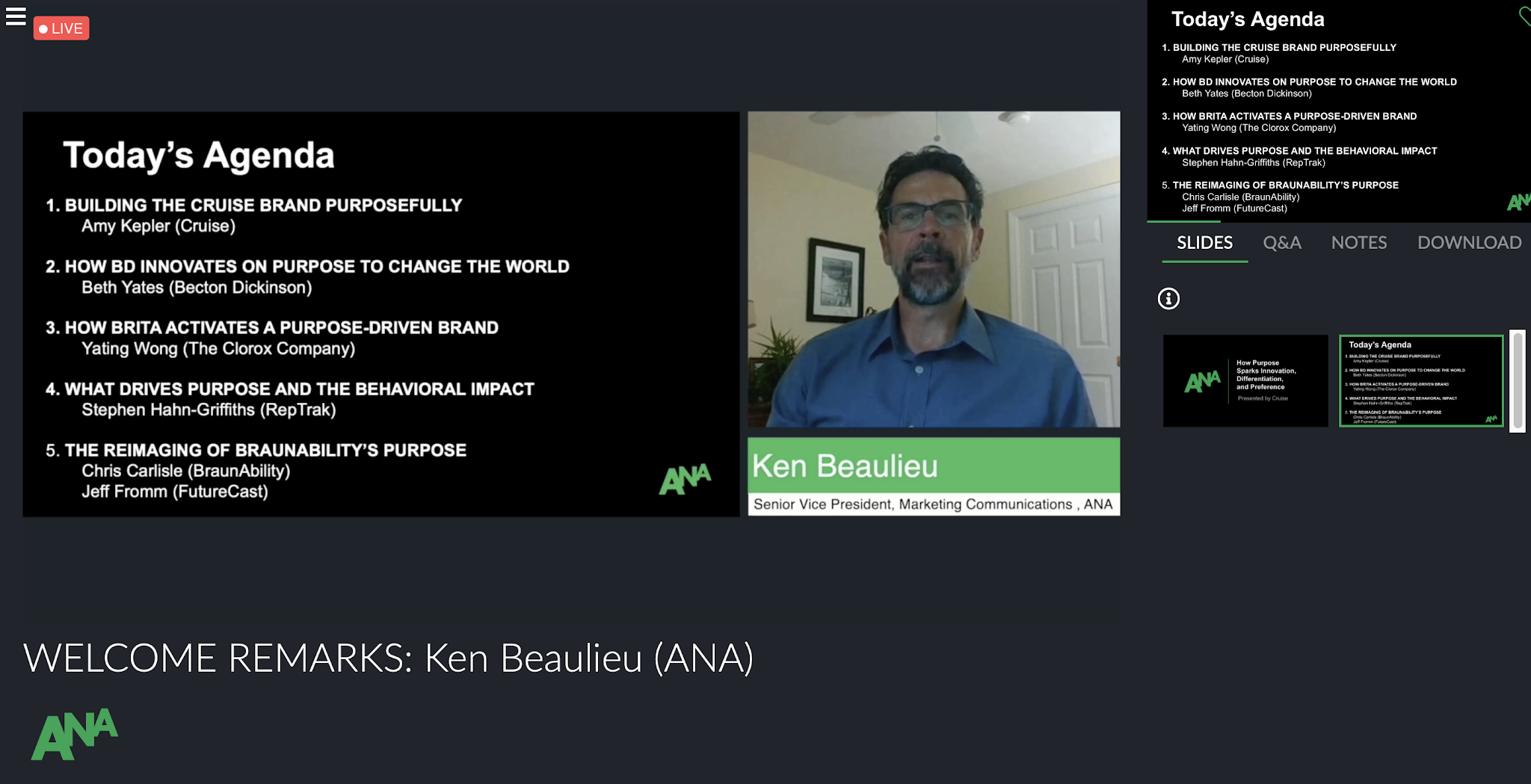Immersive Storytelling Symposium (VR/AR)- A Future of Empathy & Experimentation
Mark Arem
2/6/17


As I looked around the auditorium of the New School
this morning, I was excited to learn more about the ins and outs of VR & AR
technology, and how those technologies would bring the advertising industry to
an entirely new level. Although I learned about interesting projects in the
VR/AR space, the conference focused on the future of VR & AR, and how that
future can impact our reality. The conference had a very academic feel to
it, and it was a very lively conversation. For years of working in the ad
industry, I’d heard that Virtual Reality and Augmented Reality were taking the
industry by storm, and each medium presented a new and shiny future. Like
eating a pastrami sandwich & Dr. Brown’s black cherry soda at Katz’s deli,
I was told by numerous executives that VR & AR would be life changing.
The panels were very interesting, and the first one showcased
a familiar face of the VR/AR world in Justin Hendrix, Executive Director of the
NYC Media Lab. He heralded VR/AR as the third decade of media transformation,
and proposed that, “eventually media may be indistinguishable from what we
regard around us as real.” Hendrix is a believer in VR/AR, and intimated that one
day the technology may be an immersive part of our daily realities. As someone
who remembers the days of dial up internet, and hoping against all hope that
AOL would finally load (about one out of three times), it is absolutely
astounding to me that modern technology has come so far in the past ten to
fifteen years. Hendrix also exclaimed that now was the time for experimentation
in both the VR/AR technologies. He could have easily said that it was time for
exploration of the technology, and anyone who worked in the ad industry would
immediately think, “That’s obvious, why would he need to say such a thing,” but
he didn’t. He brought the conversation in an extremely interesting direction.
This type of creative thinking was showcased when
Livio Sanchez of Cause & Effect Media stated that, “VR can be an empathy
machine.” This idea is the lifeblood of Virtual & Augmented Reality. If VR/AR
content couldn’t make people truly feel something, what would really be the
point of it? The conversation began to focus on interesting ways immersive VR
technology could change the way reality is defined, and the ways in which
people could feel authentic emotions in an immersive VR environment. The best
example was from videographer/designer Sultan Barodawala. He regularly catches
up with his family in India using virtual reality environments he creates
himself. Sultan told a story of the real-time interaction in his campfire VR
environment where his mother screamed because she saw a “rattlesnake,” and he
immediately burst into laughter. That showcases the unlimited potential of a
world completely immersed in VR and AR technology.
The great thing about the conference was that the
potential for profiting off of the technologies was not the focus. Many
panelists throughout the day lauded the potential teaching applications for VR
& AR, while others were more skeptical or cautionary. John Sharp (Associate
Professor of Games and Learning) felt that VR/AR technology is just a tool, and
that new tech does not always guarantee better tech. Sultan Barodawala proposed
a very interesting metaphor in that, “technology like fire, can keep a caveman
warm on a freezing night, or it can burn down a village.” The keynote speaker, Jessica
Brillhart (Principal Filmmaker Google VR) took a much more whimsical and
imaginative view on the technology. The explanation of her creative process for
each film was wonderful. She, like Hendrix, was a believer in allowing people
to rebel and experiment with the capabilities of VR technology. The main goals
of her work are to make people believe they are somewhere else, and help them truly
feel as if they were in her film’s environment.
The VR demos were also a blast! I played a game
showcasing the exciting ability of virtually throwing donuts at people, and I
also went on a virtual “Park Walk,” as a baby in a carriage. Suffice to say, my
“mother,” was very unhappy with me when I continuously threw my baby bottle on
the sidewalk. It was first time I had used legitimate VR headsets, and I will
certainly be investing in one as soon as possible.
Overall, the conference was very educational in the discussion
of how to move VR & AR technology forward. I was blown away by the
dedication and passion that each panelist had. I walked out of the conference
knowing that with empathy, passion, and a little bit of experimentation, VR/AR
will continue to change the face of reality in the coming years.




